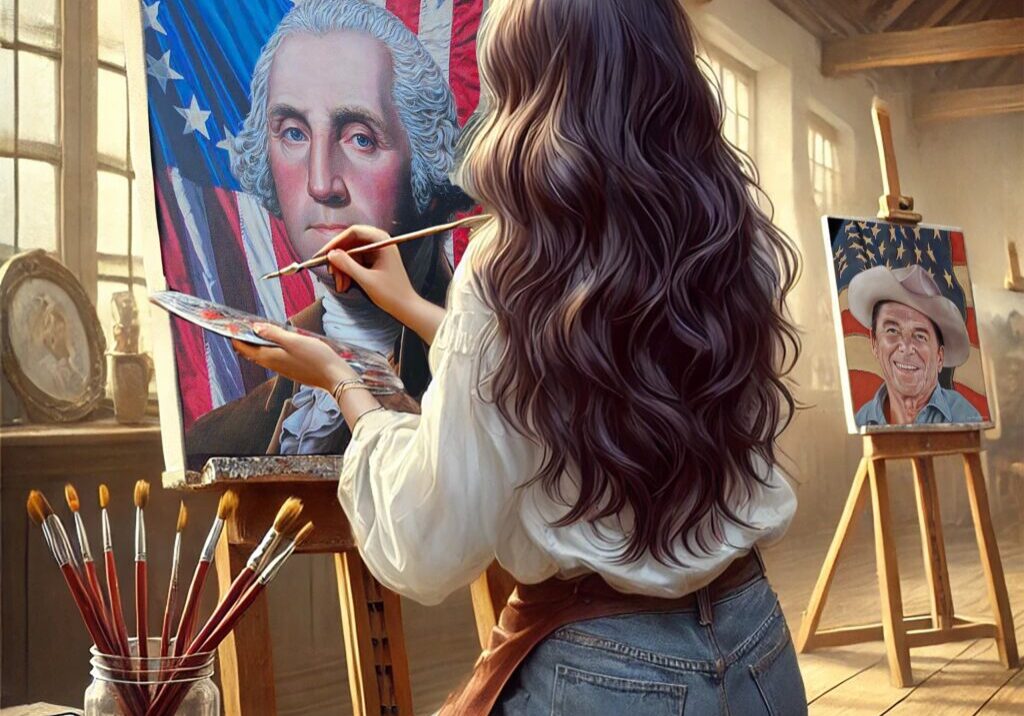
The Liberty Tree as Public Installation: Early Performance Protest
Before the Revolution had official banners or bronze statues, it had a tree. An elm, planted decades before rebellion took root, stood near the Boston Common and quietly became the most important stage in colonial protest. It was not chosen for its size or shape. It became the Liberty Tree because people made it so.
They gathered beneath it, hung effigies from its branches, and wrapped its trunk in signs. This was not accidental symbolism. This was performance. This was public installation before the term existed. The first known use of the Liberty Tree as a protest site came in 1765, during resistance to the Stamp Act. Effigies of tax officials were strung from its limbs.
A boot mocking the British prime minister dangled in the breeze with a devil peeking out. These were not pranks. They were calculated images. They transformed ordinary space into political theater. As I worked on the mural, I returned to the Liberty Tree often. Not always as a literal object, but as a concept. It stood for something larger. A protest that lived in place and image at once. What made the Liberty Tree so powerful was its accessibility. It belonged to everyone. There was no gate, no plaque, no barrier. Anyone could approach it. Anyone could contribute to its message. It became a living bulletin board of resistance. Signs were nailed to the bark. Slogans were painted. Marches began there. Speeches echoed beneath the canopy. This was public art rooted in purpose. It asked nothing but participation.
Artists and printers soon picked up on its resonance. The Liberty Tree began to appear in engravings, pamphlet illustrations, and even broadsides. Sometimes it was drawn with care, each branch defined. Other times, it appeared as a simple icon a trunk with radiating lines, a quick signal of unity. These depictions were not always accurate. They were symbolic. They reminded the viewer of what had taken place beneath the real tree. In the mural, I chose not to paint the Liberty Tree as a central monument. Instead, its presence appears in gestures. A rope tied to a high beam. A banner hanging from a branch. A crowd gathering under leaves. These echoes suggest that the idea of the Liberty Tree extended far beyond Boston. Other towns designated their own.
In Charleston, Providence, and Concord, trees became rallying points. What began as a location became a movement. There is something deeply modern about this kind of protest. It blends message, setting, and action into a single experience. It does not rely on institutions. It relies on presence. In that way, the Liberty Tree anticipated later forms of public protest art. It was a living installation, shaped not by one hand but by a community of voices.
Each sign, each hanging symbol, was a contribution to a shared visual language. Today, when I think about public murals, I see them as descendants of the Liberty Tree. They occupy space with intention. They gather meaning through interaction. They invite people to stand near, to read, to point, to remember. The mural we created does not hang in a gallery. It lives where people walk. It speaks to them as they pass, just as the Liberty Tree once did in a dusty Boston square. And that, perhaps, is the Revolution’s truest art form. Not something framed or finished. But something growing.

